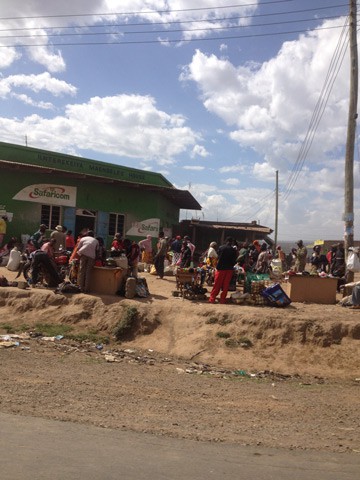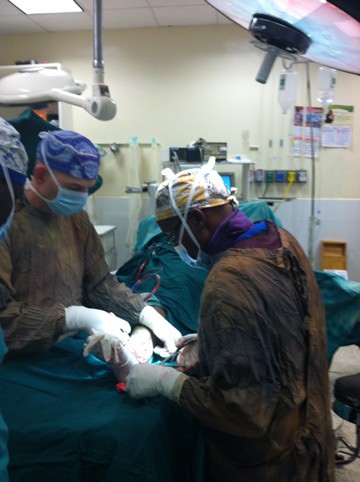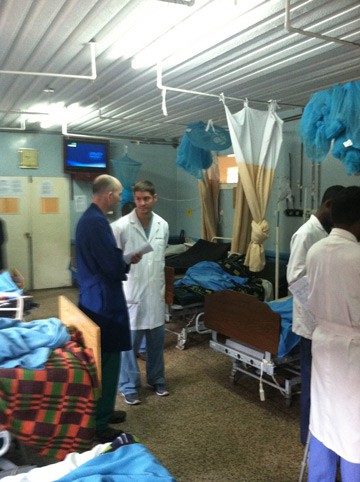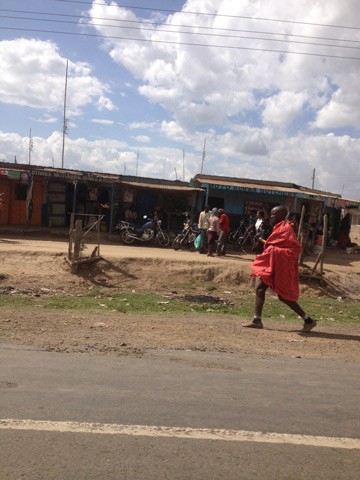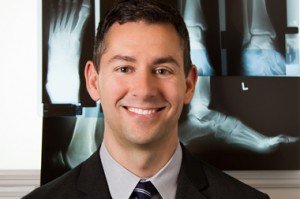Fractures of the forearm in children can occur near the wrist (at the distal bone end), in the middle of the bone, or near the elbow (at the proximal bone end). The two forearm bones are the radius and the ulna. A child’s bones are at risk for growth plate fractures because these sections are made of cartilage. Fortunately, children’s bones heal faster than adults’.
Forearm fractures make up around 50 percent of all childhood fractures, and the majority of these involve the wrist-end of the radius bone. Most forearm fractures in children occur from a fall onto an outstretched arm.
Types of Childhood Forearm Fractures
The main categories of fractures are non-displaced or displaced fractures and closed or open fractures. Displaced fractures involve the bone snapping into two or more parts and these parts do not line up. A non-displaced fracture is one in which the bones break but are still in anatomic position.
These fractures require a procedure to re-align the bones. A closed fracture is where the bone breaks but does not protrude through the skin. An open fracture, however, involves the bone breaking through the skin.
Torus Fracture
A torus fracture, is also called a “buckle” fracture, results in the top layer of the bone on one side compressing and buckling away from the growth plate. This is a stable fracture, with the broken segments not separated or displaced. These breaks hurt but do not cuase a deformity.
Metaphyseal Fracture
With a metaphyseal fracture, the break is across the upper or lower portion of the bone shaft. With this type of injury, the growth plate is not affected.
Greenstick Fracture
A greenstick fracture runs through a portion of the bone, causing it to bend on the other side. This term came about because doctors described this fracture like a green stick breaks. These types of injuries occur only in children, as adult bones won’t break in this manner.
Galeazzi Fracture
The Galeazzi fracture affects the radius and the ulna bones. These types of injuries are usually displaced with dislocation of the ulna at the wrist area.
Monteggia Fracture
With a Monteggia fracture, both forearm bones are affected. The ulna breaks and the top and the radius dislocates. This is a severe injury that requires immediate urgent care.
Growth Plate Fracture
Growth plate fractures, also called physeal fractures, occur at or across the growth plate, typically in the area where the radius attaches with the wrist. This area heals well, with less than 5 percent having complications.
Symptoms
Symptoms really depend on the type of fracture, but most fractures cause severe pain and numbness of the hand and forearm. Sometimes, the fracture causes a bent appearance of the forearm. Other symptoms include swelling, bruising, and inability to rotate or turn the arm.
Treatment
Treatment depends on the degree of displacement and the specific type of fracture. The severity of a fracture depends on the location and the amount of damage done to the tissue and bone. A minor fracture could heal within a few weeks, whereas a serious fracture could take months to heal.
Treatment also depends on the age of the child, the degree of deformity, and the stability of the break. The goal of treatment to a fracture involving the growth plate is restoration of normal alignment with minimal trauma.
Nonsurgical Treatment
Many fractures of the forearm in children can be treated without surgery. Casts and immobilizing devices protect the bones while they heal. Sometimes it is necessary for the orthopedic specialist to manipulate the bones into proper alignment, a process called reduction.
Surgical Treatment
Surgery to realign the bones and secure them in place is necessary if the skin is broken, if the fracture is unstable, if bone segments have been displaced, and if the bones cannot be manipulated to realign through reduction. Once the surgeon aligns the bone segments, he may use metal implants, pins, or a cast to hold these in place.
Long-Term Outcome
Once your child’s cast comes off, the wrist joint or elbow joint may be stiff for a few weeks. This will resolve without the need for physical therapy in most cases. Your child’s healing bones will be temporarily weak following immobilization, so you should not allow rough play, climbing, or contact sports for 3 to 4 weeks after the cast comes off.

 Just about a 4-hour drive out of Nairobi, Tenwick Hospital is a rural 300- bed hospital serving a very large undeserved area.
Just about a 4-hour drive out of Nairobi, Tenwick Hospital is a rural 300- bed hospital serving a very large undeserved area. 